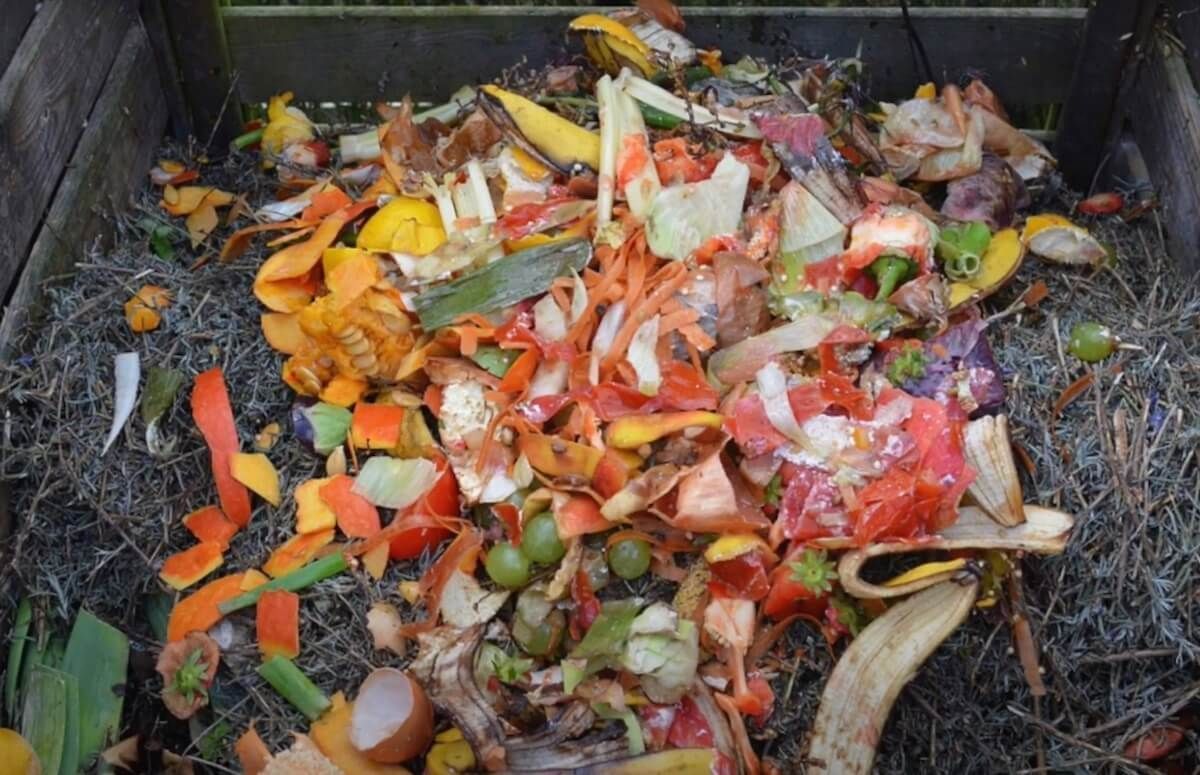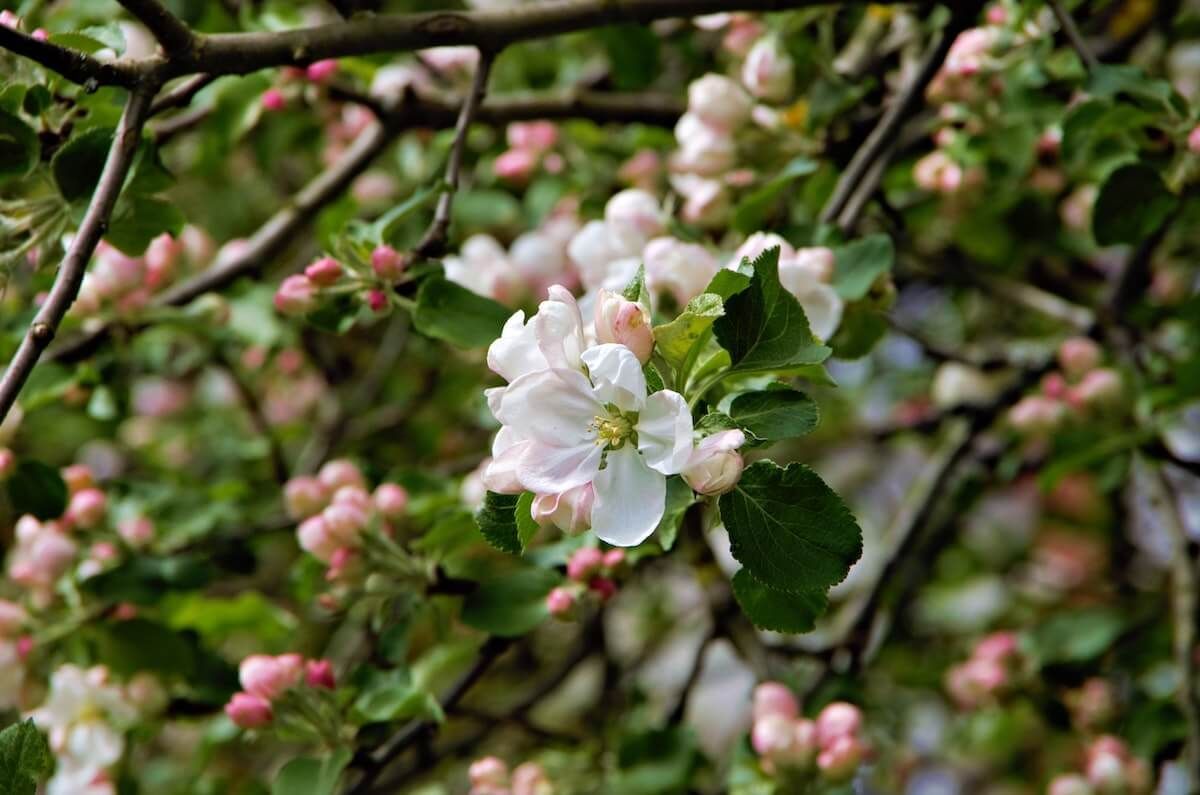Make a Compost Bin from an Old Storage Tub

Turn spring cleaning into a composting project.
or even more preferable, spring simplifying. As you clean out your house, you'll likely end up with an extra storage tub or two. You can turn that into a compost bin to get nutrient-rich soil for your spring garden!
Compost is an ideal addition to any garden, and rather than spending $4 a bag at the store, you can make your own.
By composting, you save money, put garden waste to use, recycle paper, and send less kitchen waste to local landfills. Plus, this reuse of a bin is a great version of a compost pile for urban areas since it is enclosed.
Here is how you make a composting bin:
Set up a Compost Bin
Use a large storage container. It needs to be at least 3 cubic feet large so the pile can generate enough heat to compost. Drill holes into the sides and bottom of the bin.
Or, if you want to encourage worms, cut out the bottom and place it over the dirt. Worms help to speed the process, break down larger material, and enrich the compost by leaving castings.
Fill the bin with Material
Fill your bin with about 50% dry material and 50% green material. Chop up your garden clippings and plant debris, dry leaves, sawdust, and grass clippings; add kitchen debris like vegetable peels, tea bags, coffee grounds and filters, egg shells, paper wrappers, shredded newspaper, cardboard, corn cobs, and dryer lint.
You don't have to fill the bin all at once. You can fill it in as you have the material. Do not use meats, oils, fats, or any droppings from carnivores.
You can use droppings from vegetarian animals like horses, cows and goats. More help on choosing what goes in your bin can be found in this quick guide.
Moisten the pile with water until it is damp but not soggy, and put the lid over the bin.
Harvest your Compost
Turn the material in the bin at least once or twice a week to make sure all the material is thoroughly mixed together. Make sure the compost stays damp, but not wet or dry to the touch. Add more material as often as you'd like.
After about 4 weeks, you can begin to harvest your compost. Use a piece of chicken wire to fill out the compost that is ready.
Chop up and replace any material that is still composting. You can place your compost in your garden as topsoil, mix it into existing dirt for rich vegetable or flower beds, or use it as potting soil for indoor plants.
More on Composting:
Best Automatic Compost Bin For Indoor Composting Any Time











